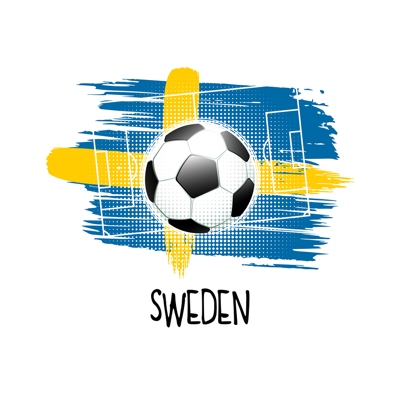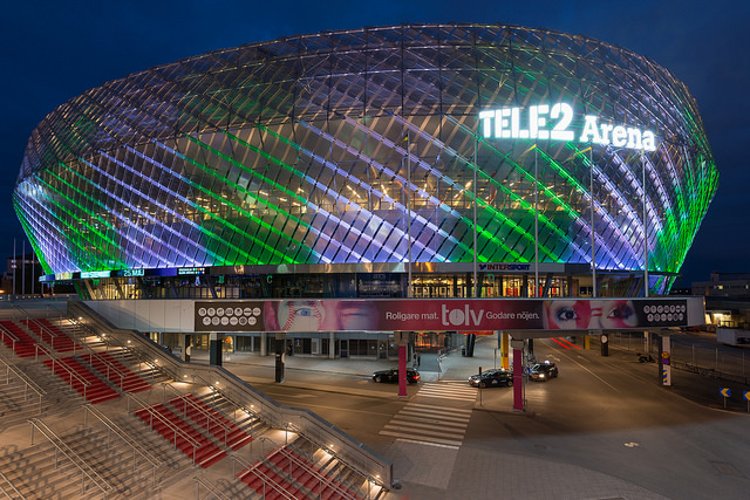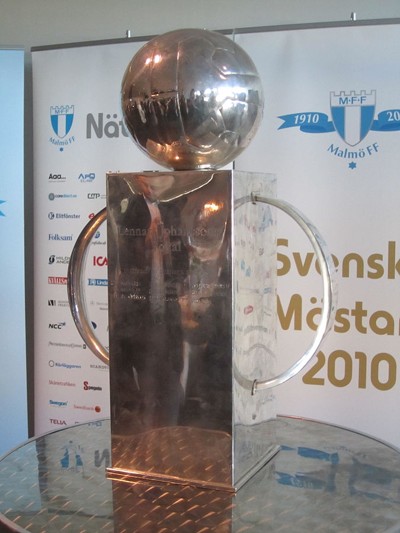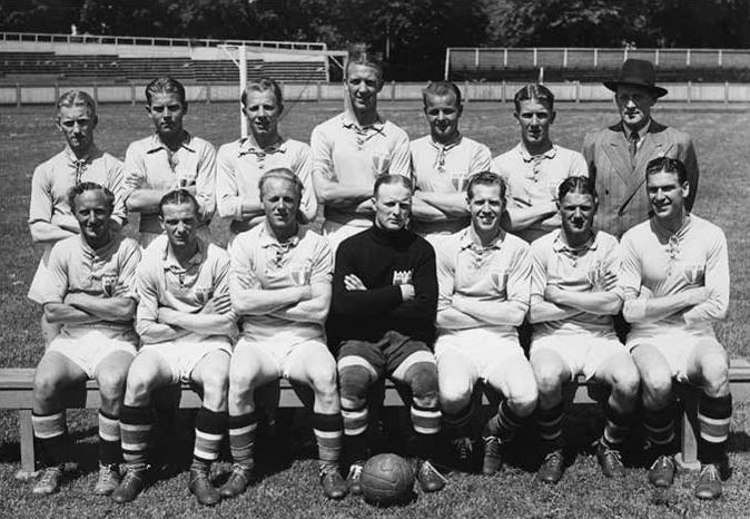Swedish Allsvenskan Stadiums & Stats

The top-flight league in Sweden is called Allsvenskan. It’s also known as the Fotbollsallsvenskan and translated into English it means The All-Swedish or The Football All-Swedish.
It was created in 1924 and features sixteen clubs that compete from the end of March or start of April until November every year. Allsvenskan is ranked highest of the leagues in Scandinavia in the UEFA coefficients which are statistics used for ranking and seeding teams in club and international competitions.
Here you’ll learn a bit more about the league system as well as some information on the sort of stadiums you’d find if you went to watch football in Sweden. It will be dead exciting.
Stadium Stats
| Stadium | Year Opened | Capacity | Ave Attendance | Record Attendance | Record Attendance Match |
|---|---|---|---|---|---|
|
Friends Arena
Sweden / AIK Fotboll |
2012 | 54329 | 21000 | 49967 | Sweden v England (2012) |
Team Stats
| Team | Year Founded | Nickname | Team Owner |
|---|---|---|---|
| AIK Fotboll | 1891 | Gnaget | Robert Falck |
Swedish Allsvenskan Stadiums

The largest stadium in Sweden is Friends Arena. This is the home of the national team and the top flight side AIK Fotboll. It can house over 50,000 people but is very much the exception on that front.
The next largest ground is Tele2 Arena, which has a capacity of 30,000 and is the home of both Hammarby and Djurgårdens IF.
Generally speaking, however, the stadiums of the Allsvenskan have room for less than 20,000 supporters and are much more modern in design compared to those relative behemoths previously mentioned.
Sweden has a population just shy of 10 million, which is only a little higher than London (9 million if you were wondering), so on balance, these stadia are perfectly adequate for the nations football supporters.
About The League

There are ten tiers to the Swedish football pyramid, with the Allsvenskan sitting at the top. It has sixteen teams that compete in it during the year, playing each other twice from the end of March / start of April until November. Each team plays 30 games, meaning 240 matches are played in total.
There is a system of promotion and relegation in place with the second-tier league, the Superettan. The bottom two teams from the Allsvenskan are relegated automatically and replaced by the top two teams from the Superettan.
The third-placed side from the second-tier and the third team from the bottom of the Allsvenskan enter a play-off to see which team will play the following season in the first division and which will be relegated to the second.
The winners of the top-flight are not only declared to be the champions of Sweden but are also awarded the Gold Medal and enter the Champions League the following season.
The second-placed team wins the amusingly named Large Silver Medal and the third-placed team gets the Small Silver Medal. They both enter the Europa League. Finally, the fourth-placed team also enters the Europa League and wins the Bronze Medal.
Swedish Allsvenskan History

The Allsvenskan began life in 1924, replacing the Svenska Serien that had existed beforehand. That was made up of groups from the North and the South of the country, with the Allsvenskan uniting them all and becoming a one-league system.
Interestingly, they didn’t actually begin to decide the champions of Swedish football year on year until the 1931 season. That might be because teams from Norrland and Gotland weren’t allowed to compete in the Allsvenskan during its early years. In fact, Lycksele IF were the first team from Norrland to take part in an Allsvenskan play-off when they did so in the 1955-1956 season.
Nottingham Forest fans might recognise the name of one of the Allsvenskan’s most famous sides, Malmö FF. That was the team that Forest beat in 1979 to win their first European Cup, making it a hat-trick for English sides as Liverpool had won the competition in 1977 and 1978. Malmo are Sweden’s most successful team, having won 22 league titles at the time of writing.
By the end of the 2016 season the Swedish top-flight had run for 91 consecutive seasons unbroken; one of the longest streaks in world football for national level leagues.
